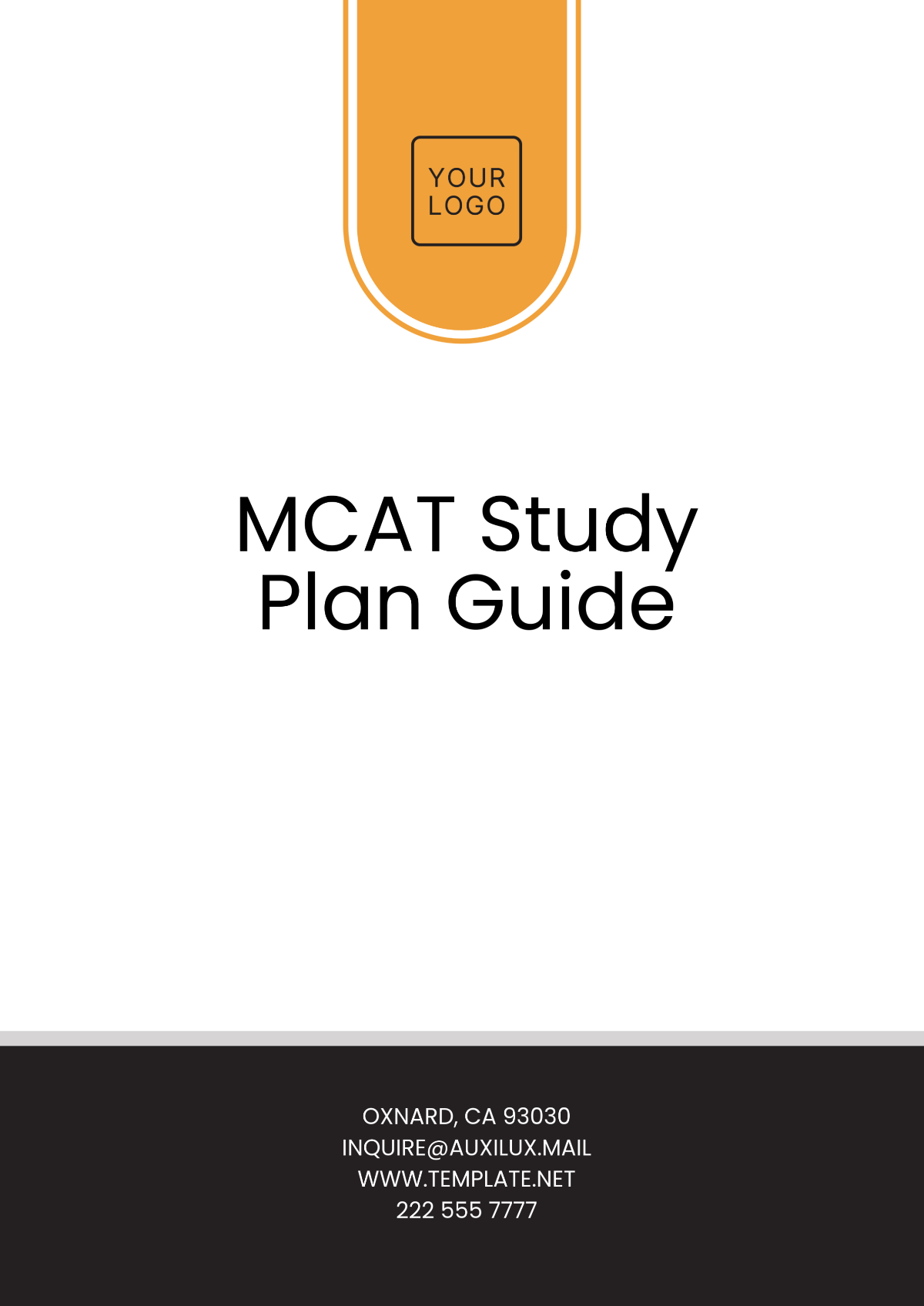Free Data Science Study Plan Template
DATA SCIENCE STUDY PLAN
I. Introduction:
This study plan is designed to train individuals in data science, a field essential for making informed decisions in modern industries by combining mathematics, statistics, computer science, and domain knowledge to analyze large datasets. As data and technology grow, so does the demand for skilled data scientists. Suitable for both beginners and experienced professionals, the plan covers fundamental to advanced topics, including programming, mathematics, and machine learning, to prepare participants for success in the industry.
II. Subjects and Topics
A. Foundational Mathematics and Statistics
Linear algebra is essential in data science for matrix algorithms and eigenvalue analysis used in dimensionality reduction. Calculus forms the basis of optimization in machine learning, including gradient descent techniques. Probability theory aids statistical inference, emphasizing distributions and Bayes' theorem. Statistics focuses on data collection, analysis, and interpretation, employing descriptive statistics, hypothesis testing, and regression to analyze and predict patterns.
B. Programming and Data Manipulation
Python is favored by data scientists for its simplicity, versatility, and comprehensive libraries, making mastering its fundamentals, including syntax and data structures, crucial for effective data manipulation and analysis using tools like Pandas and NumPy. Additionally, knowledge of version control systems such as Git is vital for efficient code management and team collaboration.
C. Machine Learning
Supervised learning algorithms use labeled data to predict outcomes in regression or classification tasks, while unsupervised learning algorithms detect patterns in unlabeled data, employing methods like K-means clustering and PCA for dimensionality reduction. Model evaluation involves using cross-validation and performance metrics like accuracy and F1-score to assess a machine learning model's effectiveness on new data.
D. Deep Learning (Optional)
Neural networks mimic brain functions and are crucial for deep learning. Mastering concepts such as perceptrons and activation functions is key to using frameworks like TensorFlow and PyTorch. These tools facilitate building and training networks like CNNs and RNNs for complex data tasks. Advanced techniques like transfer learning and GANs, essential for adapting models and generating new data, are vital for advancements in the field.
III. Study Areas
A. Setup:
Creating a dedicated study space free from distractions is essential for maintaining focus and productivity during study sessions. Choose a quiet and comfortable environment with minimal interruptions, and set up a workstation with all the necessary tools and materials for learning.
B. Equipment:
Ensure you have access to a reliable computer or laptop with the necessary software and hardware for studying data science. Install programming environments like Anaconda, IDEs like Jupyter Notebook or PyCharm, and version control tools like Git to support your learning journey.
IV. Time Allocation
A. Schedule:
Developing a study schedule that suits your lifestyle and learning preferences is essential for staying on track with your goals. Allocate dedicated time slots for studying each day or week, balancing learning activities with other commitments and responsibilities.
B. Division:
Divide your study time into focused blocks, each dedicated to a specific topic or task from the study plan. Prioritize high-impact activities such as learning new concepts, practicing coding skills, and working on projects, while allowing time for breaks and relaxation to prevent burnout.
C. Breaks:
Incorporate regular breaks into your study schedule to rest and recharge between study sessions. Taking short breaks every hour or so can help maintain concentration and prevent mental fatigue, leading to more effective learning and retention of information.
V. Resources
A. Online Courses:
Enroll in reputable online courses from platforms like Coursera, edX, or Udemy to learn from industry experts and academic instructors. Look for courses that cover relevant topics and provide hands-on exercises and projects to reinforce learning.
B. Books:
Recommended textbooks and reference materials to supplement your online learning and deepen your understanding of key concepts. Look for books authored by recognized experts in the field and check reviews and ratings to ensure quality and relevance.
C. Interactive Tutorials:
Interactive tutorials and coding platforms like Kaggle, DataCamp, or Codecademy to practice coding skills and apply learned concepts in a real-world context. Complete interactive exercises, quizzes, and coding challenges to reinforce learning and build practical experience.
D. Open-Source Software:
Open-source software and tools to support your data science learning journey. Install popular libraries and frameworks like Pandas, NumPy, Matplotlib, and sci-kit-learn for Python, and explore community resources and documentation to learn how to use them effectively.
VI. Assessment Methods
A. Quizzes and Exercises:
Key concepts and techniques through quizzes and exercises available in online courses, textbooks, or practice websites. Challenge yourself with coding exercises, multiple-choice questions, and problem-solving tasks to reinforce learning and identify areas for improvement.
B. Coding Challenges and Projects:
Knowledge and skills in real-world problems by participating in coding challenges and projects on platforms like Kaggle, GitHub, or DataHack. Collaborate with peers, explore diverse datasets, and showcase your problem-solving abilities to build confidence and experience.
VII. Review Times
A. Schedule:
Regular review sessions to reinforce learned concepts, refresh your memory, and consolidate understanding. Set aside dedicated time each week or month to revisit previous topics, complete practice problems, and ensure retention of information.
B. Revisit:
Challenging topics or areas of weakness identified during review sessions to deepen your understanding and address any lingering questions or uncertainties. Use supplementary resources, seek help from peers or instructors, and practice until you feel comfortable with the material.
VIII. Contact Information
Role | Name | Contact Email |
|---|---|---|
Student: | [Your Name] | [Your Email] |
Subject Teacher: | [Teacher/Mentor Name] | [Teacher Email] |

















































